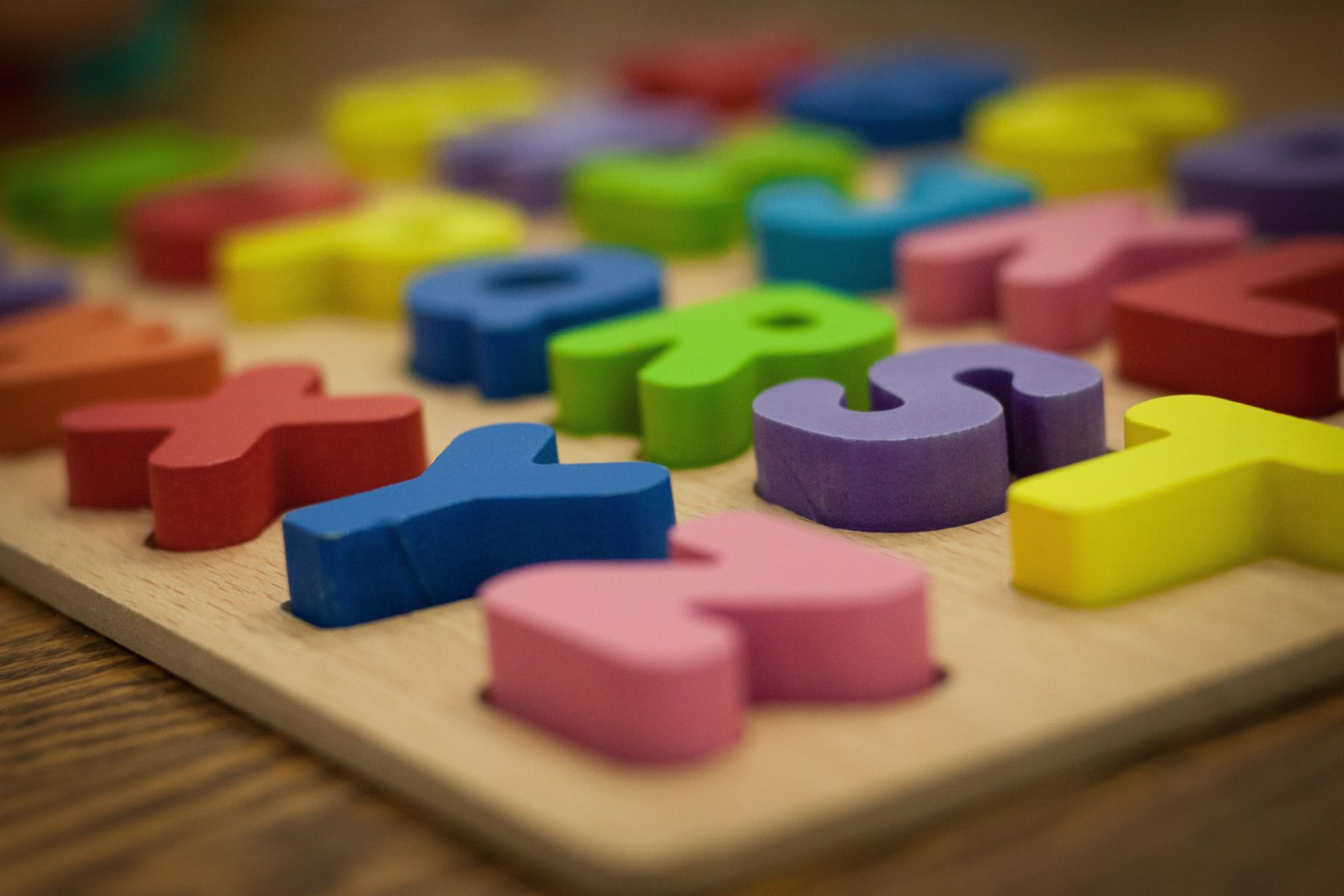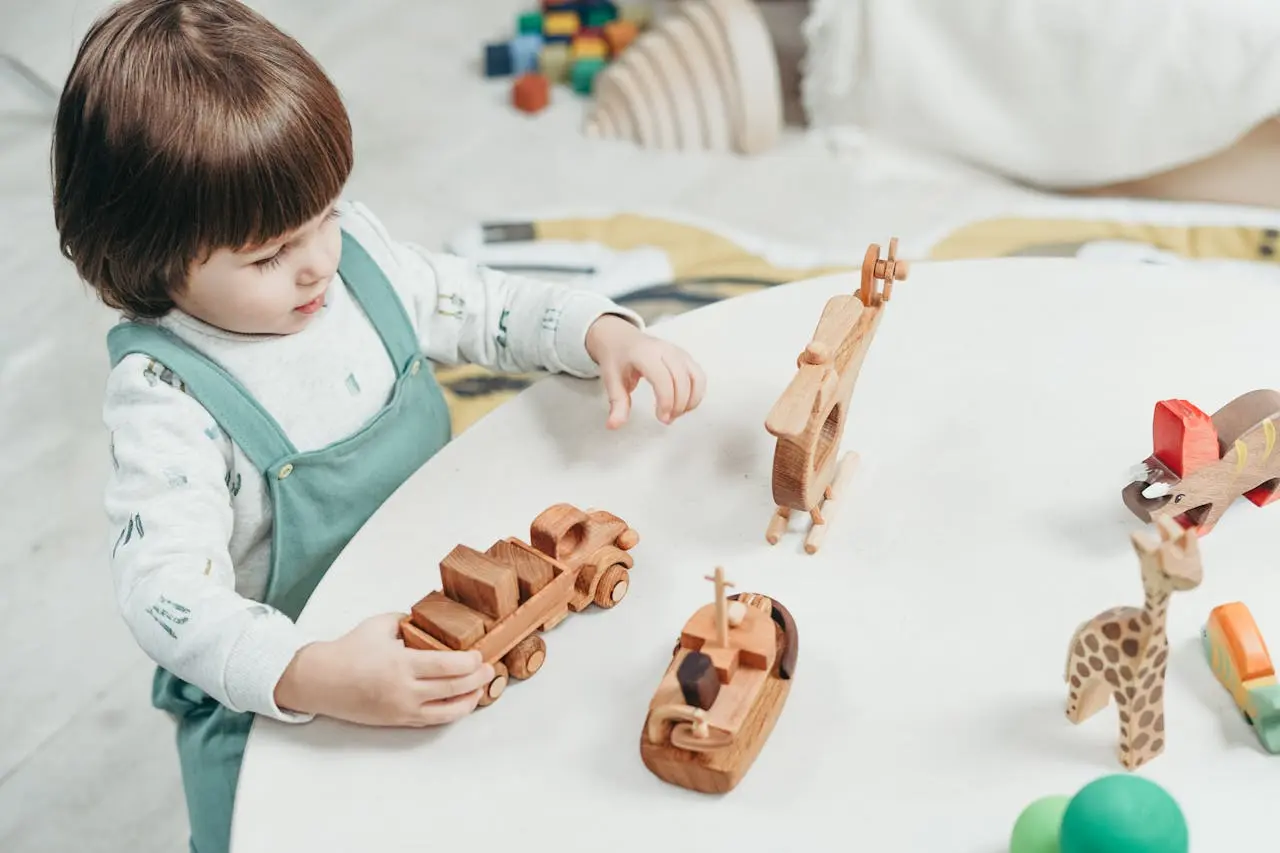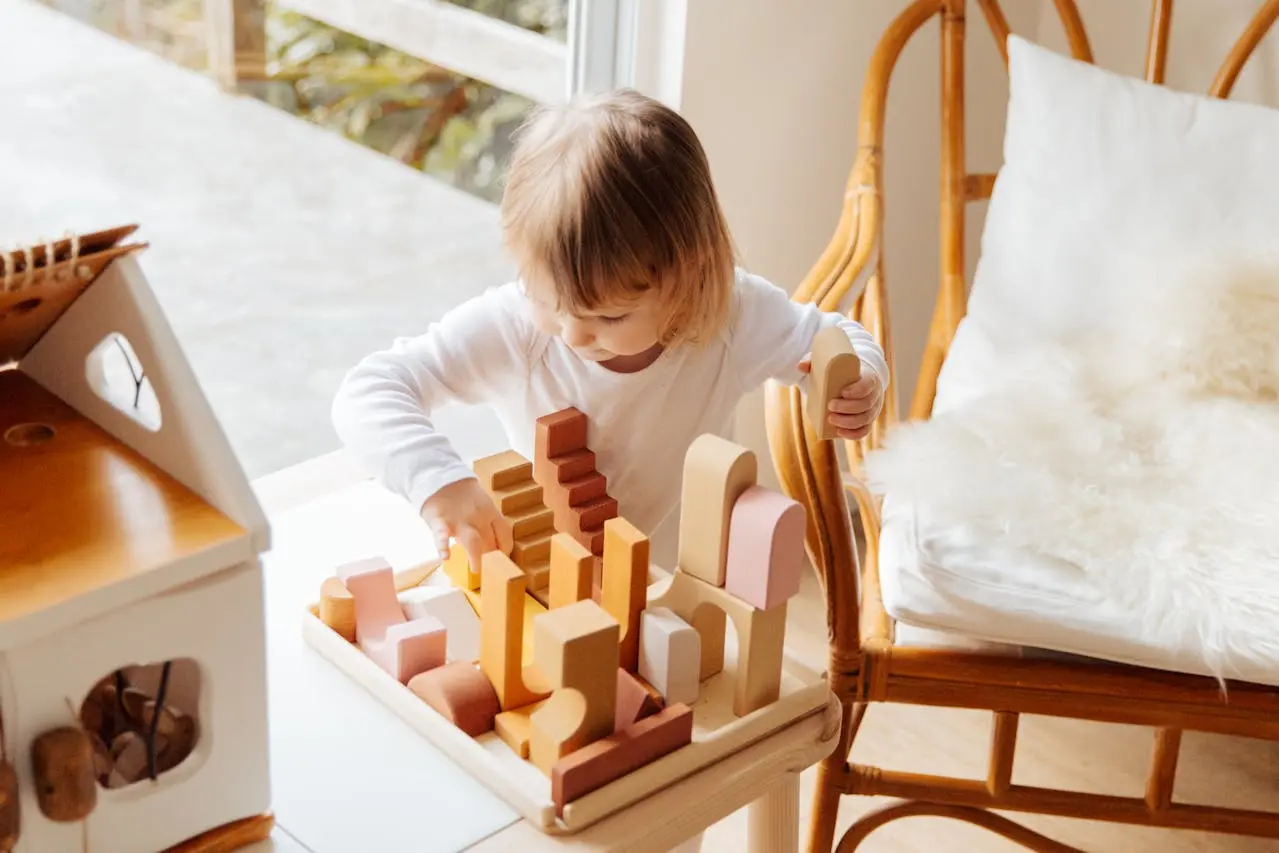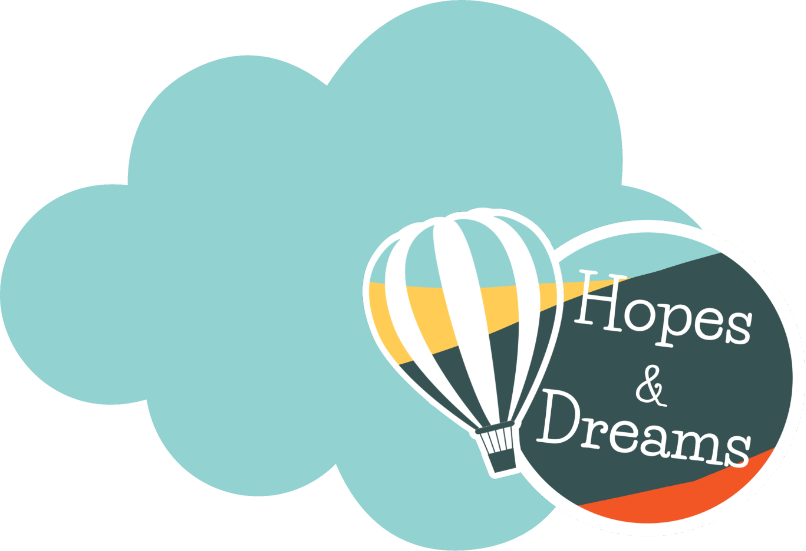Fancy climbing Mount Everest tomorrow?
You may be thinking “I canʼt do that, I have done no training, I couldnʼt even get up Snaefell never mind Everest!”
You would be right, it would not be a sensible idea to embark upon such a challenge without the correct practice, preparation, training and diet.
Well itʼs a bit like that for children learning to write.
You would not expect a child to write without having been given the chance to develop all the skills involved with being a writer! Childrenʼs writing is something I am extremely passionate about. The joy that children feel when they write is truly magical. Children who are excited by writing make very successful writers and for me that begins with the experiences they are given in the Early Years.
Many parents are anxious that their children begin reading and writing as soon as possible as this will help them once they start school. Well just like the Everest challenge, there is a readiness for writing, which if attempted too soon is likely to create a sense of failure and a negative attitude towards writing, which will last way beyond their early years.
I understand parents’ concerns. After all we all just want our children to be happy and successful!
However, I would like to reassure you all that there is no rush when it comes to learning to write and in fact the process is already well and truly underway. The process of learning to write comes way before ever picking up a pencil!
It begins with babies, playing with their toes, fingers, toys, crawling, pulling themselves up. All these things help to develop the physical skills needed to write later on. As children grow and develop they continue to encounter physical challenges which will help them to write later on. Singing nursery rhymes and other songs to babies gives them vital early experiences of rhythm and rhyme as well as developing language and understanding which are extremely important pre-writing skills.
There are many different things that make children successful writers. One is the physical act of using a pencil and having the skills to use a pencil correctly and form letter shapes. There is the knowledge of words, what they look and sound like, how they are made up using different letters and sounds. Then there is the content of the actual writing.
This is the biggest part for me; children can practise forming letter shapes until they get it but the content of their writing comes from their imagination and experiences. Children will write fascinating stories if they have experienced lots of story books being read to them and acted them out pretending to be Princesses, Knights, Witches and Dragons! They will write extraordinary words if they have heard them and spoken them. It is this skill that we aim to nurture in the Early Years and the best way you can help your child is to get truly involved in their role play. Yes we also provide daily physical experiences that will create capable writers in the future, such as mark making in foam, painting on windows, drawing patterns in sand with sticks and many many more. But it is the language, the imagination and the purpose of writing that builds successful writers. Children learn quickly that writing has a meaning and we can get information from looking at writing and reading the words.
Children see adults using writing for many different reasons and just like with so many other things they want to emulate that action. They may take your pen off you if you are writing or ask if they can write too.
We work hard to provide opportunities for children to write for a wide variety of reasons. We set up different role play areas where children can act out different roles and write for specific purposes just like adults do. They may take orders in a restaurant, book you a holiday at the Travel Agents or fill in an appointment card at the Hairdressers.
Their ʻwritingʼ may take on various forms such as lines up and down or a series of circles. This is called emergent writing and is a vital stage of the learning process. At this stage children do not need to be worried that their writing is not formed correctly, it does not need to be brought to their attention that their efforts do not make sense because it does to them. They can often ʻread backʼ what they have written and practising in this way builds their confidence and a creates a positive attitude to writing which is far more important than correct letter formation.
If you want to help your child to write, let them see you write for fun; shopping lists, postcards to Granny, post stick notes to each other etc. Once children begin to learn their letter sounds and how the sounds go together to make words that can be read and written, the actual shape of each letter will become more apparent to the child and they link this to their own writing attempts. It is more important that the correct formation of letters is demonstrated so children see how the letters are formed than the children being focussed on forming them correctly themselves.
If children are inquisitive and are excited by the idea of being able to write letters that is great but it must come from them. Tracing letters or numbers for that matter only shows them the shape of something that has no other meaning in any other context.
That is not to say that tracing has no place, but it would be offered as an activity to investigate how tracing paper works and help develop pencil control. Children could trace anything they like rather than a series of letters or numbers. It is important that children see the purpose behind what they are doing. It is important that children make their own attempts at writing these letters and that all efforts are praised. Children will realise that their writing does not look the same as yours and develop a sense of failure and an attitude of “I canʼt.”
That is why I am not a fan of tracing letters or copy writing as children are then not successful once they attempt the writing independently. Children may ask “Can you show me what a s looks like?” Of course we do! And children see print in the environment which they will learn to use to help them to be independent in their writing. However, we have a saying “This is my special way... that is your special way.”
Children are always praised for their independent writing and attempts and developments are always celebrated but again it is led by them. We do not sit children down to formally teach them that particular letters are made in specific ways as this automatically sets children up to be unsuccessful as their early attempts will never look the same as yours. The same goes for tracing letters or joining dots at this particular stage of learning. It also does not provide the child with a clear purpose or reason for this writing, this only gives a message to children that writing is ʻboringʼ and takes children away from what they would rather be doing ʻPlaying!ʼ So we build it into play rather than separate the writing from the fun. We make the writing fun and thatʼs what you can do too. Playing with the fire engine / car toys? Draw out a road then let them draw it too. pushing the car within the lines which may go round a corner or up and down is practically writing with a car! Dip the wheels in some paint and look at the shapes made by the car as they go round and round or up and down (important pre-writing language) You could write an arrow to make a sign saying Onchan to show where you are going. Remember to praise any efforts made by your child, especially if they are not particularly interested in writing or drawing. Some children will enjoy practising handwriting and will want to trace handwriting patterns repeatedly, which is fine if the child chooses to do this.
However, it is important to remember that early writing should be a fun process, which a child chooses as part of their play led by the child and not specific formation exercises. Once a child has the foundations to being a writer, similarly to making preparations to climb Mount Everest, the final part is the actual writing itself.
The physical forming of the letters that match the sounds the children have heard, the letters that when put together write words on a page that make sense of a childʼs thinking. If children are equipped with all the skills needed to be able to write they will enjoy being able to share their ideas on paper!
Happy Writing Everyone











